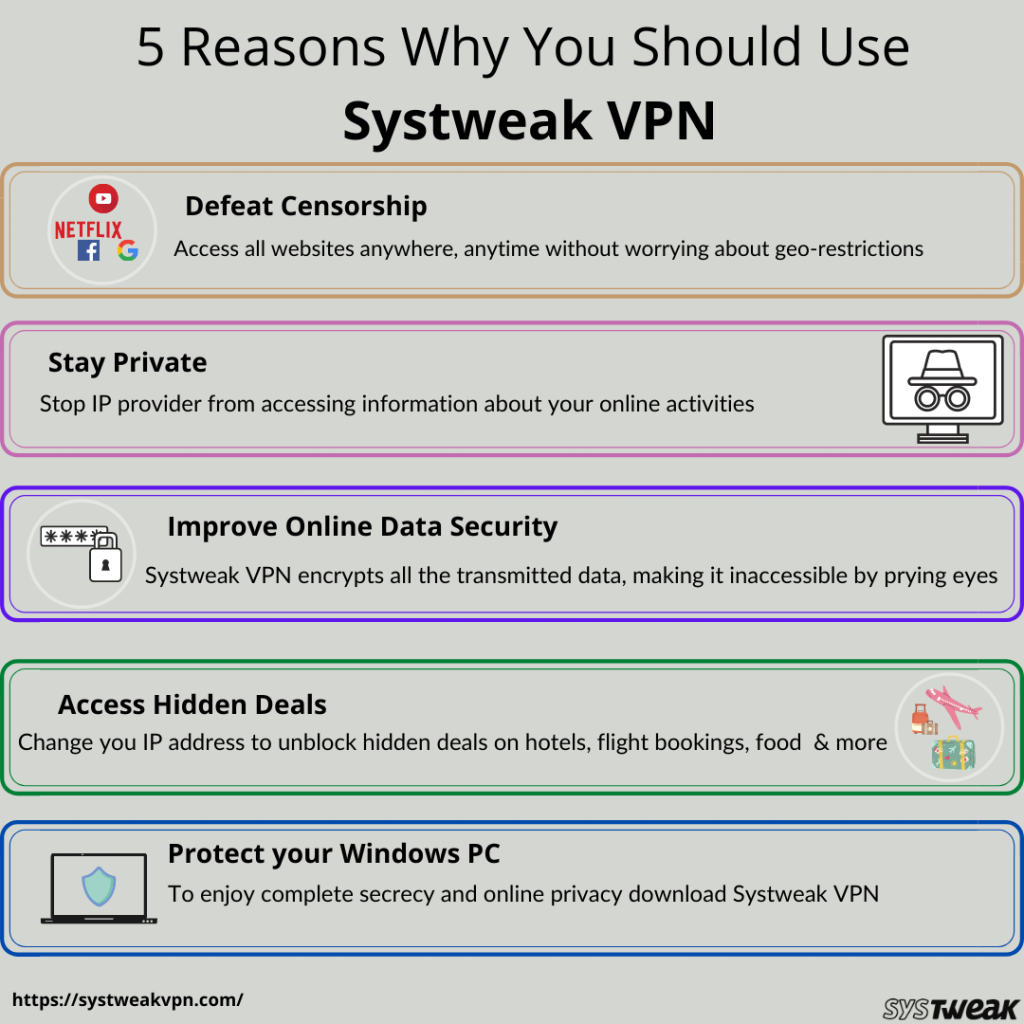By default, your router blocks all the incoming connections (into your network) and allows all the outgoing connections to the Internet to maintain ultimate security. Just imagine your router as a huge electric wall, with a few doors & openings. Your router acts as a security blanket or shield from the digital world. It arrives with preconfigured doors (ports) that allow you to access the Internet while keeping other ports tightly closed so that no unauthorized access is possible on your home or business network.
But, in case you need to run a specific mail server, game server, program, application, or access PC remotely (anything outside your network), you might need to open an extra port in your router for the outside traffic to get inside.
Must-Read: How to Enable or Disable USB Ports In Windows 7 & 10?
How To Open Ports On Your Router?
Since some of the utilities and games only work if you open a specific port, here are the steps you need to follow to set up Port forwarding on your router.
STEP 1- The very first step to start opening ports on a router is by assigning the device a static IP Address and keep a note of what your Public IP Address is.
(Note: A static or fixed IP Address is an IP Address, which is manually configured for a particular device instead of the address assigned by a DHCP server. It’s known as Static because it doesn’t change compared to the dynamic ones’ which do change.)
How To Assign Static IP Address To Your Device?Follow the instructions below to set up a Windows PC to use a static IP Address:
|
STEP 2- The entire Port forwarding process depends on the brand of router you are using. The basic steps include: Locating your Router’s IP Address.
How to Find the Router’s IP Address?On Windows:
On Mac:
|
STEP 3- Navigating to your Router’s Settings.
STEP 4- Entering your username and password.
STEP 5- Once you get in, simply head towards the Port Forwarding tab and open the preferred port. For example: On the Port Forwarding page, you need to enter the name for your device then enter the port you need to forward in the port field. You just need to type open port 7070.
STEP 6- Now select the TCP/UDP or Both option under Protocol if you are unsure which protocol you are using. At this point, enter the internal IP Address of the device you are port forwarding to and hit the Apply or Save button to implement the changes.
Must-Read: USB Ports Not Working In Windows 10! Here’s How To Fix It?
Now How Do I Check If ‘Opening Ports On Your Router’ Is Successful?
You can simply navigate to the online portal www.portalchecktool.com and enter the Port number you have recently forwarded. Click on the Check Your Port button to see the final result. Now, you should be able to connect to the device through a web browser. You need to enter the hostname followed by the Port number into the Address bar!
Alternate Way To Open Ports On Your Router
Multiple VPN services simply help users to avoid the hassle of setting up port forwarding manually. For assistance, you can use a service like PureVPN that offers a Port Forwarding Add-On that allows users to make secure communication with any device or server.
Must-Check: 10 Best USB Port Blocker Software
Overall Best VPN Service – Systweak VPNLooking for a reliable & fast VPN Solution for Windows? Choose none-other than Systweak VPN that offers an excellent way to hide IP Address and give capabilities to browse the web anonymously. The secure VPN Service allows unrestricted access to popular streaming sites like Netflix and others. To know why Systweak VPN is the smartest choice in the market, refer to the infographic below:
|
And with this, we’ve come to the end of our guide! Hopefully, you can easily open ports on your router. If you know any other way for port forwarding, please shoot your ways in the comments section below!
NEXT READ:







 Subscribe Now & Never Miss The Latest Tech Updates!
Subscribe Now & Never Miss The Latest Tech Updates!
Gajendra singh
I am using Systweak VPN for a very long time and it is the bestParidhi Dhamani
thanks for the sharing… Now, I can open ports on my system